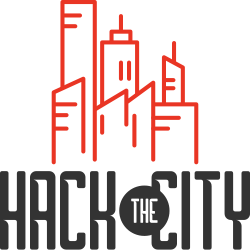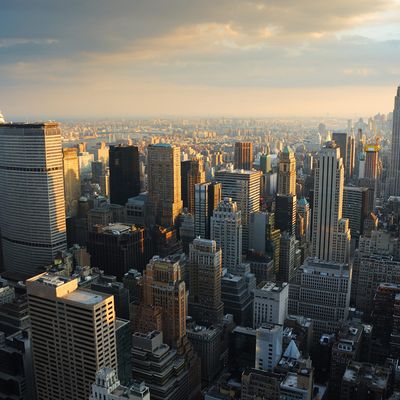
A weeklong series of ideas for improving urban life.
To remain world-class, a city must find a way to constantly update and improve the way it does things. From the schools to the subways to the park system, New York is trying to keep pace with the likes of London and Seoul. In the age of the smartphone and the internet of things, that means rethinking its infrastructure and how it delivers services.
Different leaders bring different ideas about what kind of “smart city” New York should be. Michael Bloomberg focused on bolstering social-media presence and making city data more widely available. The de Blasio administration, by contrast, is trying to level out access to basic services. From plans to implement computer-science lessons in public schools and reduce commute times on public transit to improving water quality, nearly all of de Blasio’s tech initiatives are designed for people in all neighborhoods and income brackets.
From those combined efforts, here are some of the city’s most forward-thinking tech initiatives.
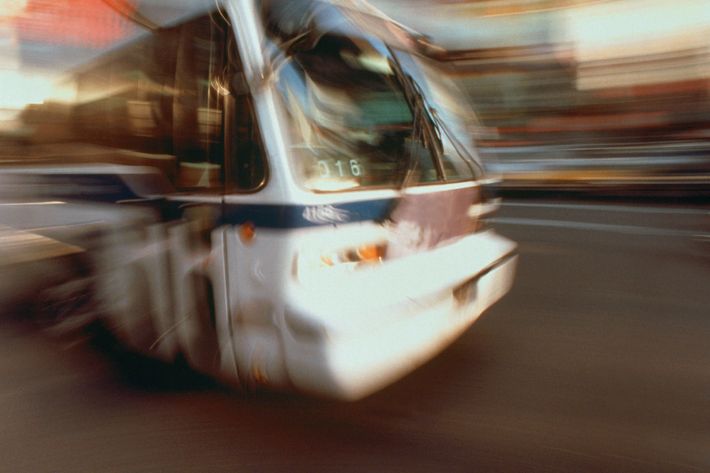
1. Smart Buses: After the city finished installing GPS units in all of its buses last year, it got to work on an app that lets users track arrival times with their phones. It’s also possible to punch in the code corresponding to a given bus stop and receive text-message updates about when a bus is approaching. That’s on top of an expanding program — now covering three complete routes — that uses sensors in the buses to automatically alert traffic lights as they approach, so the lights can turn or stay green and the buses can sail through. Unfortunately, things are moving a little slower underground: The MTA says it won’t have tracking devices installed on every subway line until 2020, and countdown clocks in all of the stations will follow sometime later.
2. Wi-Fi Everywhere: Did you know New York is planning to build the world’s largest and fastest municipal Wi-Fi network? The ambitious project aims to create 10,000 Wi-Fi hubs — called pylons — throughout the five boroughs. The pylons will also have phone-charging ports, and Anthony Townsend, NYU adjunct professor and author of the 2013 book Smart Cities, predicts that they’ll also be used to measure noise, traffic, and air pollution. He said they could be a springboard for all kinds of user-developed phone apps — the possibilities are almost limitless. “New York’s going to have the first 21st-century sidewalk,” he said.
3. Real-Time Gunshot Detection: In several parts of Brooklyn and the Bronx, the NYPD is now using acoustic gunshot-monitoring equipment to pinpoint every gunshot within seconds of when it’s fired. After an operator reviews the audio to confirm that it wasn’t just fireworks or an engine noise, NYPD officers get alerts on their smartphones or tablets. The city says this should improve their chances of catching suspects.
4. 311’s Interactive Twitter: Like everyone else now, the city’s help line prefers interacting on social media to the awkwardness of an actual phone call. The city’s call-in line for nonemergency services is now accepting certain kinds of complaints — including those for potholes, leaking fire hydrants, park maintenance issues, or heat and hot-water problems — in the form of tweets. And don’t be shy about attaching photos — or why not a Vine?
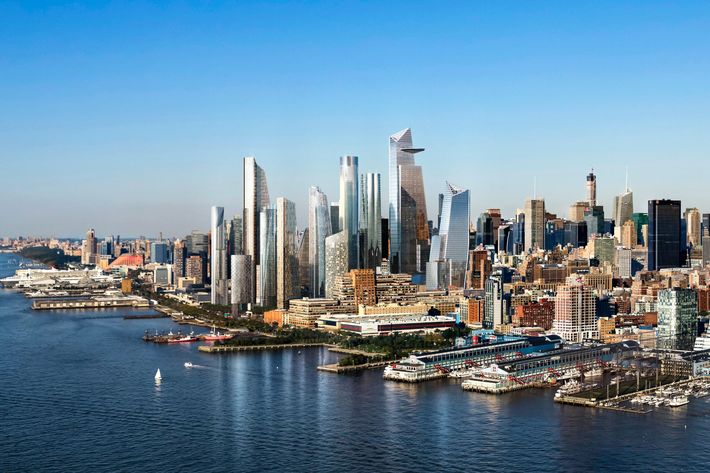
5. Intelligent Living at Hudson Yards: The 26-acre project, the largest private real-estate development in NYC history, will be built on platforms over a leased MTA rail yard. As part of the site’s showpiece aspirations, software will track and predict pedestrian traffic flows, measure indoor and outdoor air quality, and even keep an eye on residents’ health and activity levels (if they choose to allow it to). The project also boasts an on-site cogeneration power plant and microgrid (with a lot of monitoring), and a smart vacuum-tube waste-disposal system that accommodates organics, recyclables, and trash.
6. Neighborhoods.nyc: By next year, the city says it will have one-stop internet shops for specific neighborhoods, such as upperwestside.nyc and crownheights.nyc. (Right now it’s in beta phase.) Each site will have transit and traffic alerts, 311 service requests, event permits, and other city data, displayed on a map. The city also promises look-up tools for polling places, farmers’ markets, schools, libraries, and restaurant health grades, all available in 13 languages.
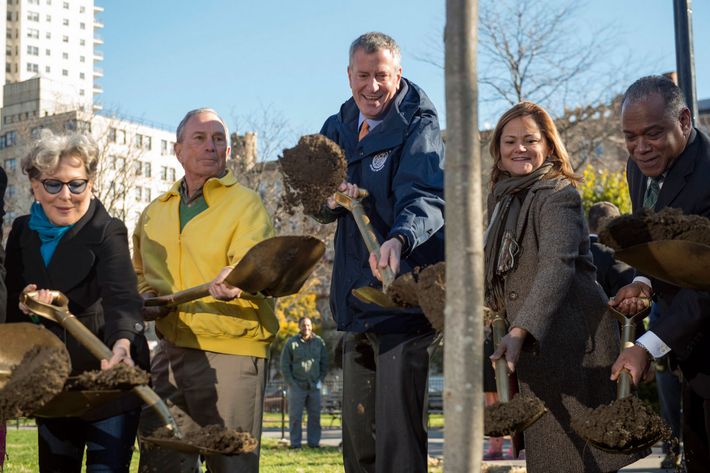
7. App-Enabled Tree Counting: For the third arboreal census since the city inaugurated the practice in 1995, the Parks Department launched an app to help crowdsource the work. Between May and October, volunteers used it to reserve the blocks they intended to cover and to upload data on the location, species, and condition of trees from the field. The city says it uses this information to quantify maintenance needs, track ecological trends, and, hopefully, create the most accurate and publicly accessible tree map in the world.


